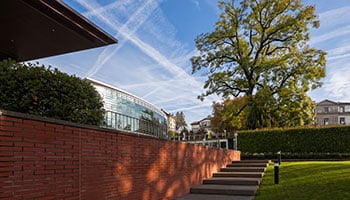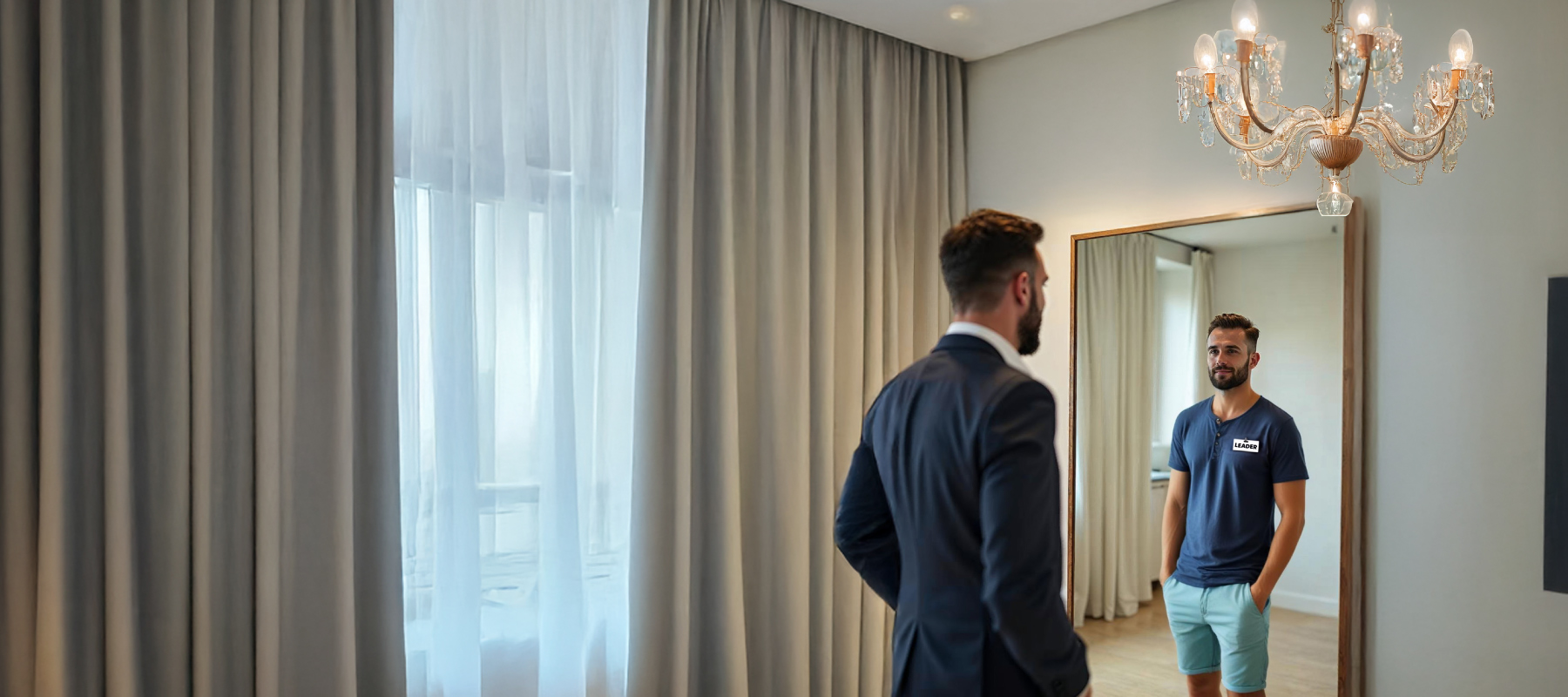The Cola-Cola company (Abridged)
(This is an abridged version of the case IMD-5-0741.) The Coca-Cola Company (TCCC) had developed a franchise model in the late 1980s consisting of TCCC and its 300 bottling partners worldwide. In 2009, TCCC retained its market leadership of the global sparkling soft drinks market in 2009, but continued to battle a host of fragmented competitors across the other beverage categories, including bottled water and energy drinks. Bottling partners made their own business decisions and some manufactured and distributed their own products or those of beverage companies other than TCCC. In 2007 alone, TCCC added more than 450 new still beverage products to its portfolio (including those gained through acquisitions) and it had no plans to slow its growth and product diversification. In introducing new products, TCCC relied on bottlers to carry and distribute these. But what was the incentive for a bottler to agree to distribute these – in particular, if it already had a competing brand? TCCC’s response was a multi-pronged growth and innovation strategy: it partnered with Nestlé to develop products such as ready-to-drink (RTD) teas in a joint venture named “Beverage Partners Worldwide”. It also lent stronger marketing support for still beverages like Dasani water (launched in 1999). Acquisitions were important, particularly in the still beverage category. Some of these acquisitions were done jointly with the bottler, while others were acquired fully by TCCC. But how many new products could it introduce via its bottlers? How could TCCC ensure profit maximization for itself as well as its bottlers? In February 2010, TCCC announced that it would acquire the North American operation of its largest bottler, Coca Cola Enterprises (CCE) in a transaction worth $12.2 billion, by assuming $8.8 billion of its debt and giving up its 34% equity stake in CCE, valued at $3.4 billion. In this way it would be able to better control new product introductions. Was this a sign that it was abandoning its franchise model?
The objective of the case is to: 1) illustrate the asset-light franchise model of “The Coca-Cola System”, i.e. the relationship The Coca-Cola Company has with its network of bottlers; 2) outline The Coca-Cola Company’s historical success in sparkling beverages and its recent major moves into non-sparkling categories; 3) explore how The Coca-Cola company can grow and maximize profits, through product innovation and distribution, given its existing distribution system.
1986-2009
Cranfield University
Wharley End Beds MK43 0JR, UK
Tel +44 (0)1234 750903
Email [email protected]
Harvard Business School Publishing
60 Harvard Way, Boston MA 02163, USA
Tel (800) 545-7685 Tel (617)-783-7600
Fax (617) 783-7666
Email [email protected]
NUCB Business School
1-3-1 Nishiki Naka
Nagoya Aichi, Japan 460-0003
Tel +81 52 20 38 111
Email [email protected]
IMD retains all proprietary interests in its case studies and notes. Without prior written permission, IMD cases and notes may not be reproduced, used, translated, included in books or other publications, distributed in any form or by any means, stored in a database or in other retrieval systems. For additional copyright information related to case studies, please contact Case Services.
Research Information & Knowledge Hub for additional information on IMD publications
- The Cola-Cola company
- The Cola-Cola company (Abridged)
- The Cola-Cola company
- The Cola-Cola company (Abridged)
Research Information & Knowledge Hub for additional information on IMD publications
Research Information & Knowledge Hub for additional information on IMD publications
BARCELONA, JANUARY 2023. What started in 2016 as a humble entrepreneurial attempt to contribute to a more sustainable future had turned into a solid eyewear brand present in major Western markets. François van den Abeele was even more excited by t...
Research Information & Knowledge Hub for additional information on IMD publications
Case reference: IMD-2665 ©2025
Research Information & Knowledge Hub for additional information on IMD publications
in I by IMD Brain Circuits 15 April 2025
Research Information & Knowledge Hub for additional information on IMD publications
Research Information & Knowledge Hub for additional information on IMD publications
Research Information & Knowledge Hub for additional information on IMD publications
Research Information & Knowledge Hub for additional information on IMD publications
in I by IMD
Research Information & Knowledge Hub for additional information on IMD publications
Research Information & Knowledge Hub for additional information on IMD publications
Research Information & Knowledge Hub for additional information on IMD publications
in Binder, Julia Katharina (Ed.); Haanaes, Knut Bjarne (Ed.) / Leading the sustainable business transformation: A playbook from IMD, pp. 151-165 / Hoboken: Wiley, 2025
Research Information & Knowledge Hub for additional information on IMD publications





